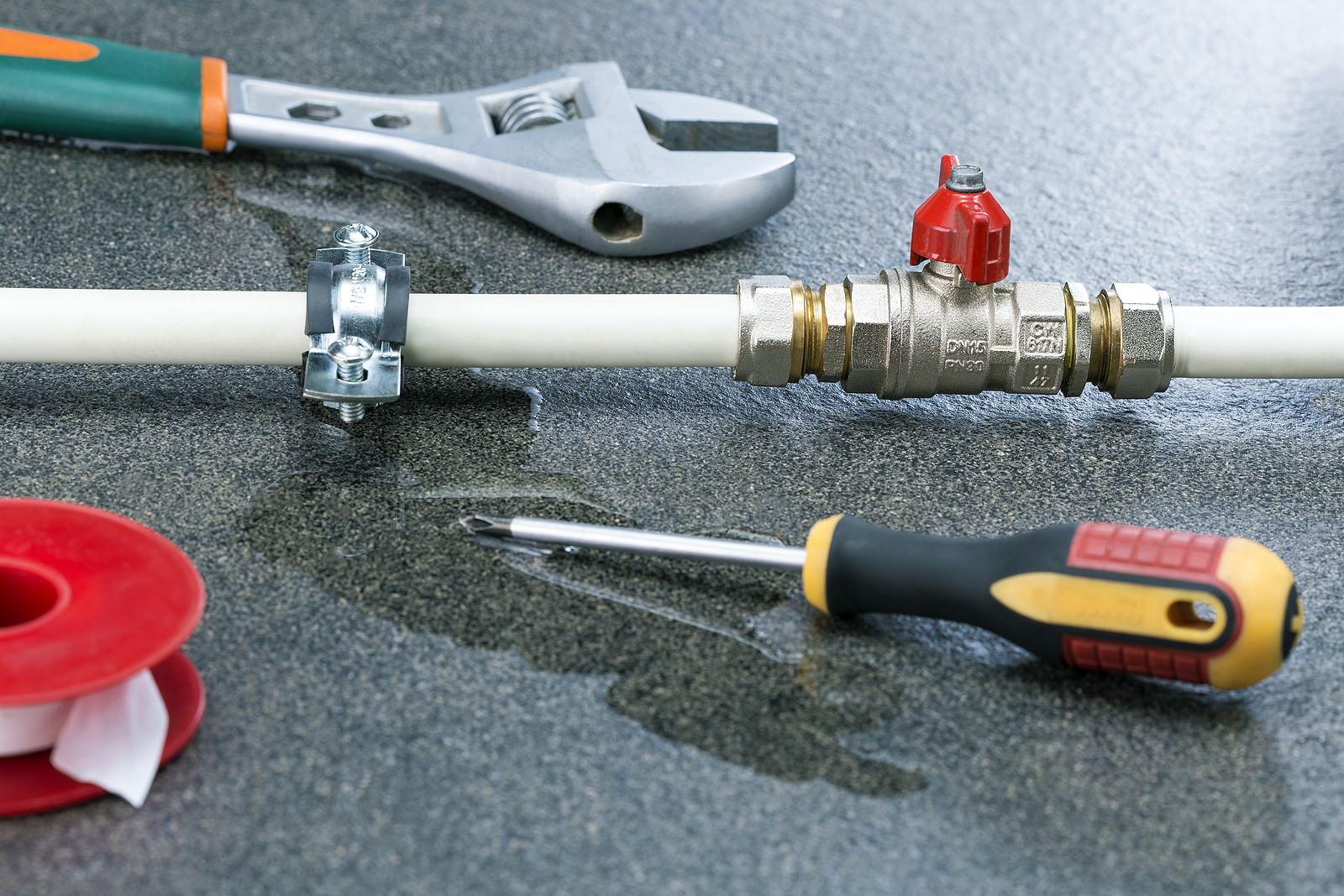Guide To Water Leak Detection In The House
Guide To Water Leak Detection In The House
Blog Article
They are making a number of good observations related to Hacks to detect leaks as a whole in the article on the next paragraphs.

Early detection of dripping water lines can mitigate a prospective calamity. Besides conserving you money, it will lessen the worry and also frustration. The minute you discover a leakage, calling your plumber for repair work is the most effective remedy. Some small water leakages might not be noticeable. Right here are some hacks that assist if you can not spot it with your nude eyes.
1. Take A Look At the Water Meter
Examining it is a proven means that aids you discover leakages. If it relocates, that indicates a fast-moving leak. This suggests you may have a slow leak that could even be below ground.
2. Examine Water Intake
If you find unexpected modifications, regardless of your consumption being the exact same, it indicates that you have leakages in your plumbing system. An abrupt spike in your expense indicates a fast-moving leak.
At the same time, a steady boost each month, despite having the exact same routines, reveals you have a sluggish leak that's also slowly rising. Call a plumber to extensively examine your residential or commercial property, specifically if you feel a cozy area on your flooring with piping beneath.
3. Do a Food Coloring Examination
When it comes to water intake, 30% comes from commodes. If the color somehow infiltrates your bowl during that time without flushing, there's a leakage in between the tank and also dish.
4. Asses Exterior Lines
Do not forget to inspect your outside water lines as well. Should water seep out of the connection, you have a loosened rubber gasket. One little leak can lose lots of water as well as increase your water costs.
5. Evaluate and also Analyze the Scenario
Home owners should make it a practice to inspect under the sink counters as well as even inside cupboards for any type of bad odor or mold growth. These two red flags suggest a leak so timely interest is called for. Doing routine inspections, also bi-annually, can save you from a major trouble.
Inspect for stainings and also damaging as most pipes and also devices have a life span. If you suspect dripping water lines in your plumbing system, don't wait for it to escalate.
Early discovery of dripping water lines can mitigate a prospective catastrophe. Some little water leaks may not be visible. Examining it is a guaranteed way that helps you discover leakages. One small leakage can throw away loads of water as well as surge your water expense.
If you presume leaking water lines in your plumbing system, do not wait for it to escalate.
How to Know If Your Home Has a Hidden Leak
Water Meter Reveals Inexplicable Water Usage
If you’d like to test whether or not there’s a leak somewhere in your home, you can do this using your water meter. Here is how to conduct the test:
Don’t use any water in your home for at least 30 minutes; this also means not turning on faucets or water-using appliances.
Go outside, and check your water meter for activity.
If your water meter shows that there was activity, even though no one was using any water, this proves that there is a leak in your home.Visible Mold or Mildew Growth
Leaks behind walls create moist, dark environments that allow mold and mildew to grow and thrive. Eventually, you might see mold growth forming on the wall closest to a hidden leak.
If mold is growing in an area that receives a high amount of moisture, such as a bathroom, it may simply be an indication that better ventilation is needed. However, if you see mold growth on a wall or the ceiling in an area where you would not expect, you probably have a hidden leak.
Musty, Mildew Odor
Sometimes you might not be able to see the mold or mildew that is growing as a result of a leak. However, the smell can give the problem away just as easily. If you catch a whiff of something musty, there’s a good chance that old water is collecting somewhere in your home that you can’t see.
Stained/Warped Walls, Ceilings, or Floors
When your home soaks up water, a variety of red flags can become visible, including ceiling stains, bubbling drywall, warped walls, and sagging floors. While these issues can be caused by excess humidity, they can also be signs that a pipe or plumbing connection has started leaking behind your walls.
Inexplicably High Water Bill
After a while, you get a general sense for what your water bill should be. If you own a pool or sprinkler system, your bill will tend to be higher during summer. However, if you receive a water bill that seems especially high, and you can’t figure out what caused it, then you may have a hidden leak somewhere that’s increasing your bill.
https://www.plumbingjoint.com/blog/2019/july/how-to-know-if-your-home-has-a-hidden-leak/

I have been very fascinated with Hacks to detect leaks and I am assuming you enjoyed the new post. If you please take the time to promote this blog posting if you appreciated it. Many thanks for your time spent reading it.
Report this page